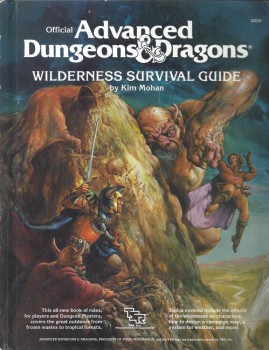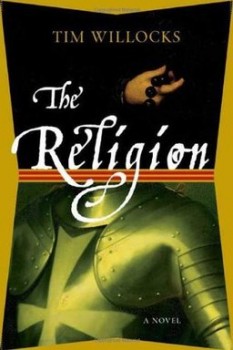The Top 50 Black Gate Posts in August
 Following on our record 1.26 million page views in July, Black Gate had an even more incredible August. There were lots of small triumphs, but the big one was receiving an Alfie Award from George R.R. Martin at Worldcon (at right). In his blog post explaining this year’s awards, George wrote:
Following on our record 1.26 million page views in July, Black Gate had an even more incredible August. There were lots of small triumphs, but the big one was receiving an Alfie Award from George R.R. Martin at Worldcon (at right). In his blog post explaining this year’s awards, George wrote:
One of my special ‘committee awards’ went to Black Gate, which had 461 nominations in the Fanzine category, second among all nominees and good for a place on the ballot. But Black Gate turned down the nomination, just as they did last year, to disassociate themselves from the slates. Turning down one Hugo nomination is hard, turning down two must be agony. Integrity like that deserves recognition, as does Black Gate itself. Editor John O’Neill was on hand to accept the Alfie.
Our top article last month was my report on the Alfie Awards, with pics from the associated Hugo Losers party. Second was M Harold Page’s study on how to capture the magic of a great dungeon crawl in fiction. And third was our look at Michael McDowell’s classic horror novel Cold Moon Over Babylon.
Rounding out the Top Five were William Patrick Maynard’s review of The Midnight Guardian (“a hardboiled pulp yarn that is so good, it immediately makes you set the author to one side with a handful of other standouts”), and Neil Baker’s gaming piece, “How No Man’s Sky Has Reinvigorated a Gaming Generation (No, Not That One).”
Also in the Top Ten were our report on the 2016 Hugo Award Winners, Parts One and Two of Fletcher Vredenburgh’s Summer Short Story Roundup, our summary of the Top 50 Black Gate Posts in July, and Bob Byrne’s detailed history of the TSR classic Dungeon!
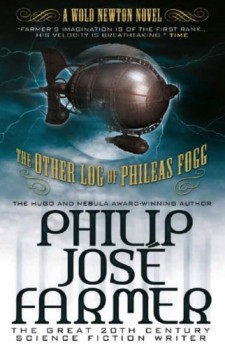
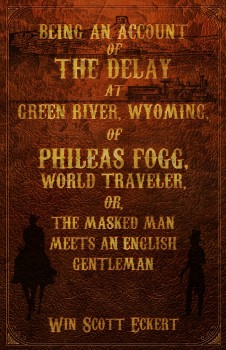
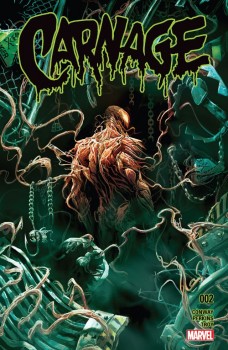
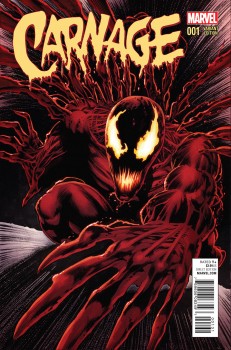 I’ve been thinking about horror again, as a genre. I’ve been trying to read some Cthulhu stuff; I’ve reread some Image and Marvel horror comics; and I’ve also recently read Ellen Datlow’s Best Horror of the Year #8. Lots to mull over.
I’ve been thinking about horror again, as a genre. I’ve been trying to read some Cthulhu stuff; I’ve reread some Image and Marvel horror comics; and I’ve also recently read Ellen Datlow’s Best Horror of the Year #8. Lots to mull over.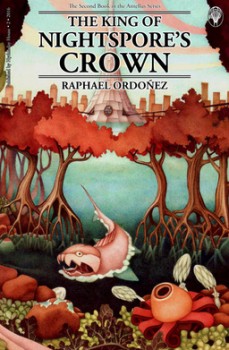
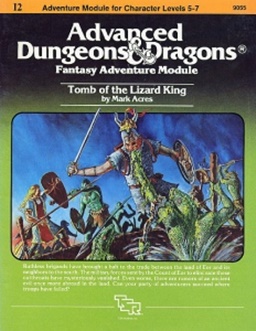
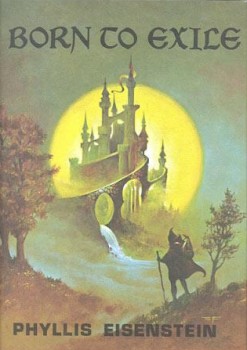
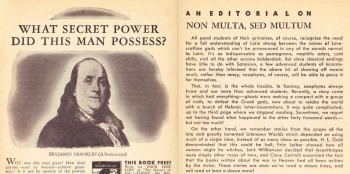

 Last weekend I attended Can-Con as a Special Guest. The Guests of Honour were Eric Choi (Science), Tanya Huff (Author), Sam Morgan (Agent, JABberwocky Literary Agency), and Sheila Williams (Editor, Asimov’s Science Fiction Magazine).
Last weekend I attended Can-Con as a Special Guest. The Guests of Honour were Eric Choi (Science), Tanya Huff (Author), Sam Morgan (Agent, JABberwocky Literary Agency), and Sheila Williams (Editor, Asimov’s Science Fiction Magazine).